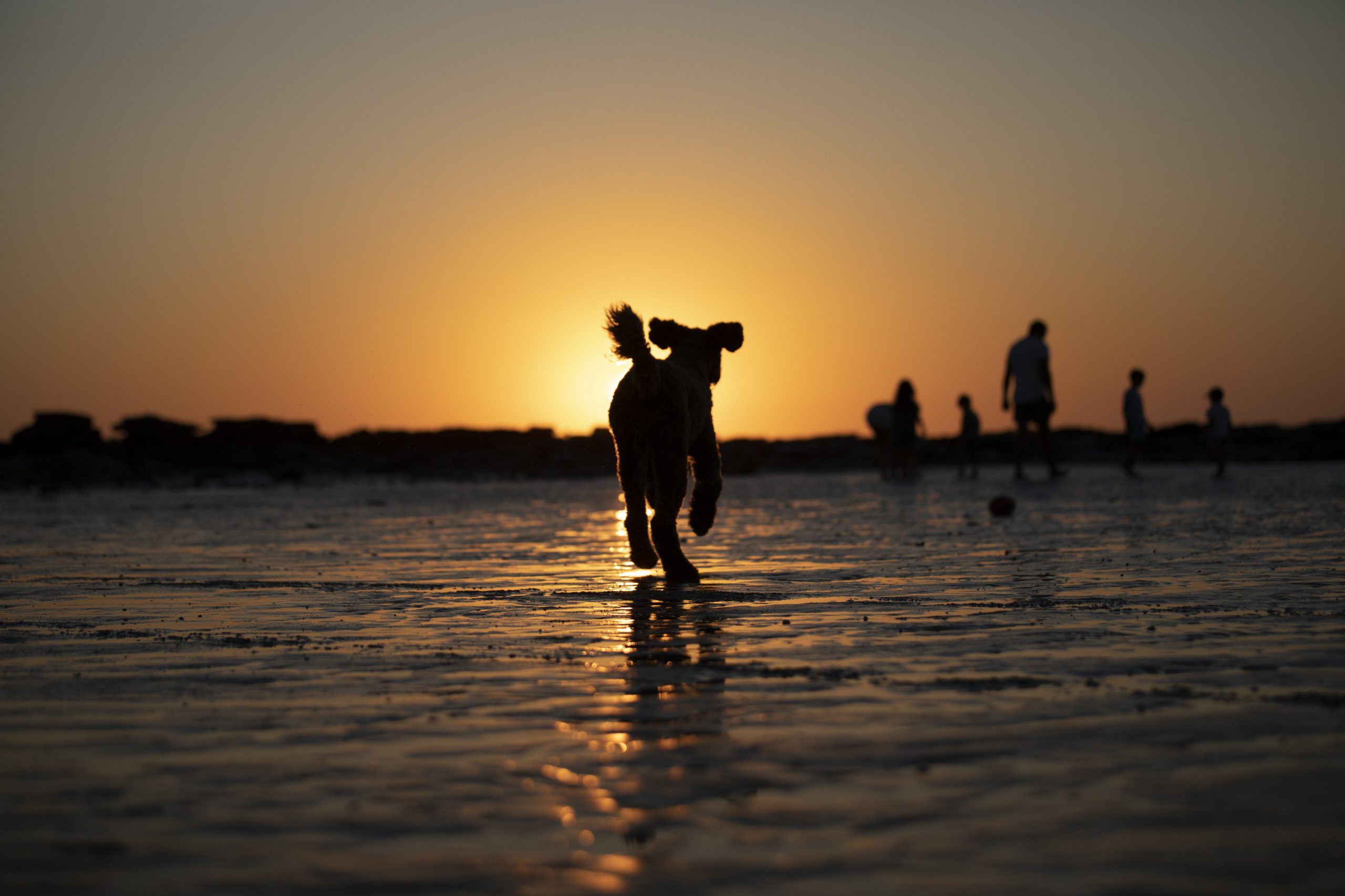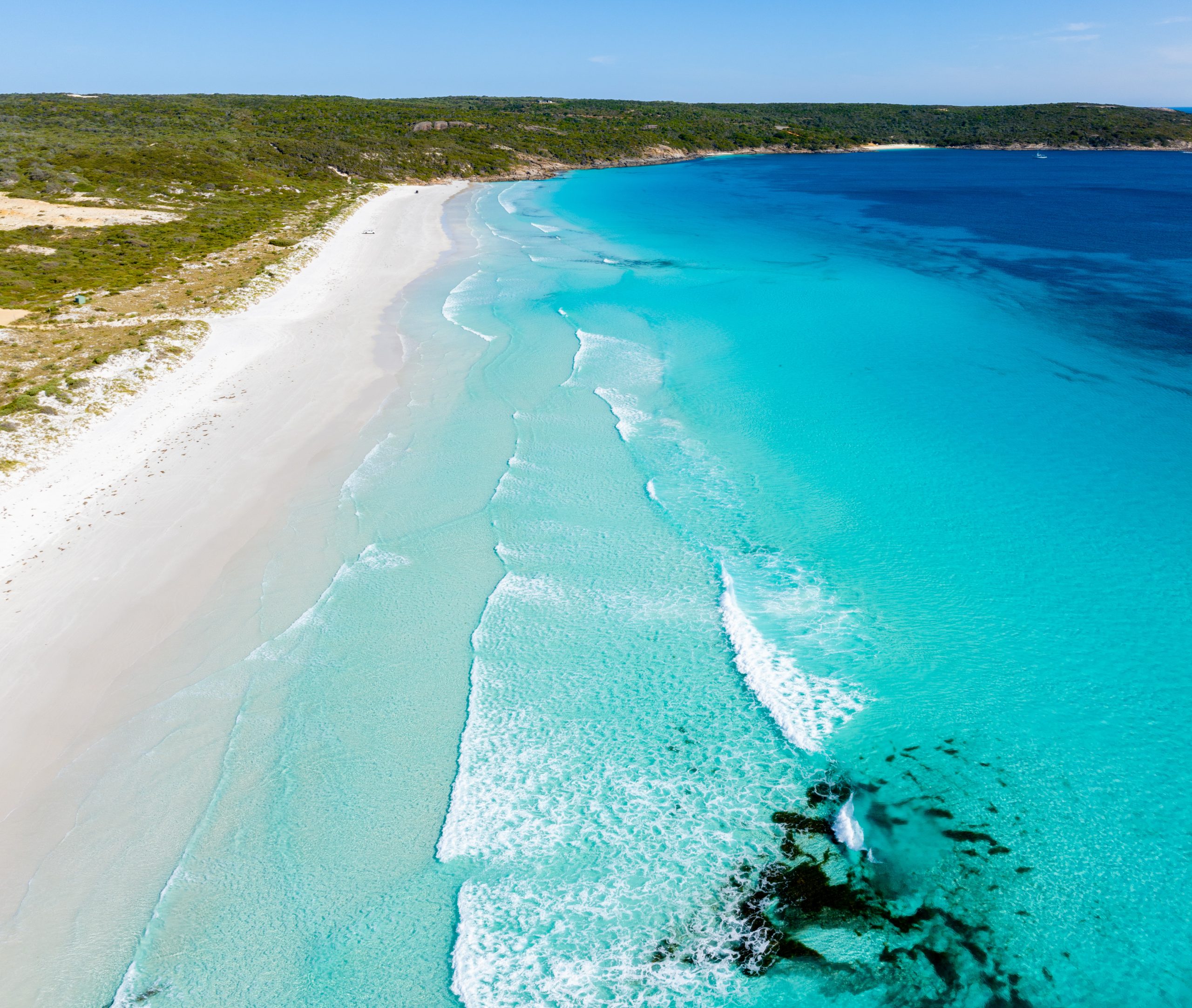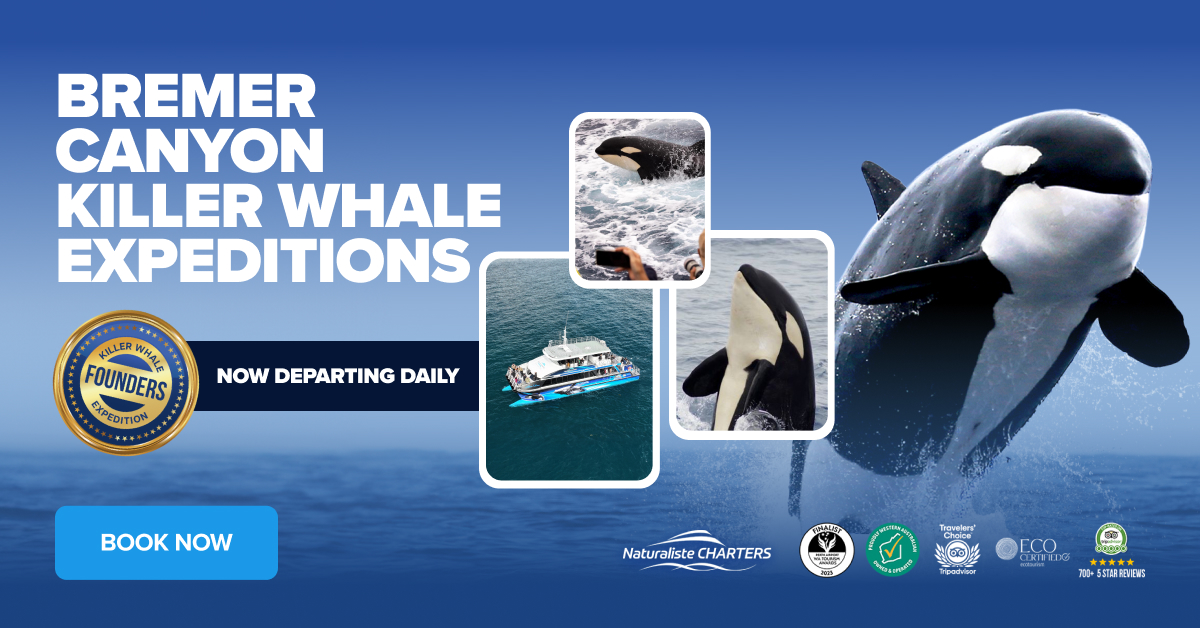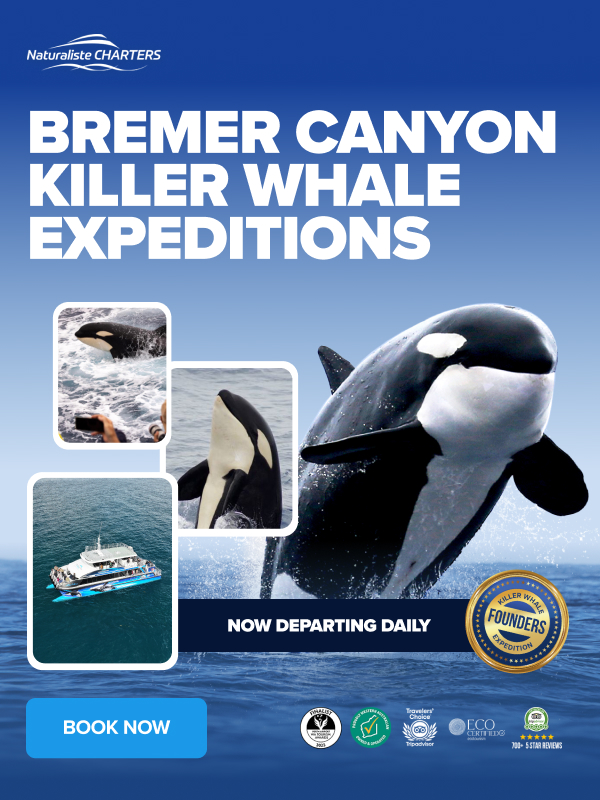From Calf to Ocean Voyager
Join Naturaliste Charters for whale watching Dunsborough, whale watching Busselton or whale watching Margaret River and witness the incredible humpback whale life cycle. Every tour reveals a glimpse of how these giants live — from the moment of birth to their long migrations across the ocean. Understanding their life stages deepens every encounter on the water and highlights the vital role our southern coast plays in their survival.
1. Birth and early life
After an 11-month gestation, calves are born in warm, sheltered tropical waters where predators are scarce. A newborn humpback whale measures 4–5 metres and weighs around one tonne. The mother’s milk, containing up to 50 per cent fat, allows the calf to gain as much as 45 kilograms each day. This blubber layer provides buoyancy, insulation and stored energy for migration. Humpback whale calves spend their first months developing strength, coordination and diving skills under the constant watch of their mothers. They also learn essential breathing rhythms and surface behaviours. During this stage, the bond between mother and calf is exceptionally strong, with the mother often guiding the calf to the surface for its first breath. (Chesapeake Bay Program)
2. Migration and development
Humpbacks undertake one of nature’s most extraordinary migrations. Some travel more than 8,000 kilometres between breeding grounds near the equator and the feeding grounds in polar seas. Calves accompany their mothers on this journey, learning how to navigate vast distances and adjust to changing conditions. They follow ocean currents, temperature gradients and even the Earth’s magnetic field to guide them. The migration also strengthens the calf’s muscles and endurance as it swims alongside its mother, sometimes surfacing hundreds of times a day. In Australian waters, humpbacks migrate along the west coast, often sighted off Dunsborough, Busselton and Margaret River during their northbound and southbound journeys. (Oceana.org)
3. Feeding and growth
Once in colder, nutrient-rich waters, humpbacks feed intensively on krill and small schooling fish. Their baleen plates act as a fine sieve, filtering prey from thousands of litres of seawater. They use creative hunting techniques such as bubble-net feeding, where several whales release air spirals to trap prey before lunging upward with mouths open. Feeding grounds provide the vital energy stores needed for reproduction and migration. Young whales observe and practise these techniques, gradually perfecting their timing and coordination. As they mature, humpbacks can consume up to 1.5 tonnes of food per day, allowing them to build the reserves necessary for the long fasting periods during breeding season. (Alaska Dept of Fish and Game)
4. Sexual maturity and reproduction
Humpbacks reach sexual maturity between four and ten years of age. Males display competitive and often acrobatic courtship behaviours, breaching and tail-slapping to attract potential mates. Their haunting underwater songs, which can last up to twenty minutes, are believed to play a role in courtship and communication. Females usually calve every two or three years, depending on health and food supply. After mating, gestation begins anew, and the female’s migration cycle restarts with another journey to warmer waters. This rhythm maintains the continuity of their population across generations. (Wildlife Victoria)
5. Lifespan and later years
Humpbacks can live between 50 and 90 years. Older whales often travel slower but remain experienced navigators of migration routes. Many show distinctive scars and patterns that allow researchers to identify individuals year after year. These long lifespans enable cultural transmission — the passing down of songs, migration timing and feeding knowledge — from one generation to the next. (Oceana.org)
Whale watching with Naturaliste Charters
Witness the humpback whale life cycle in action on a Naturaliste Charters whale watching tour. Join our crew in Dunsborough, Busselton or Margaret River and see breaching, tail-slapping and nurturing calves up close. Each season offers a new chapter in their life story, and our marine experts provide fascinating insights along the way.





